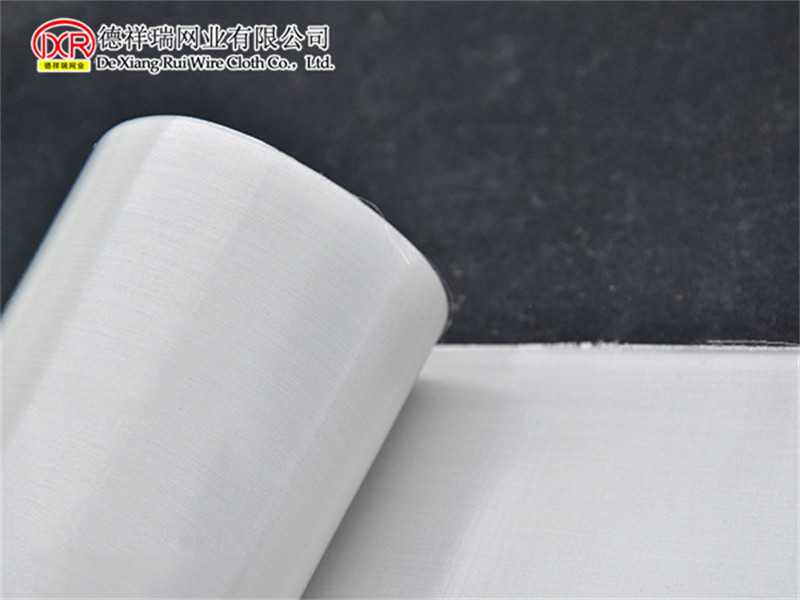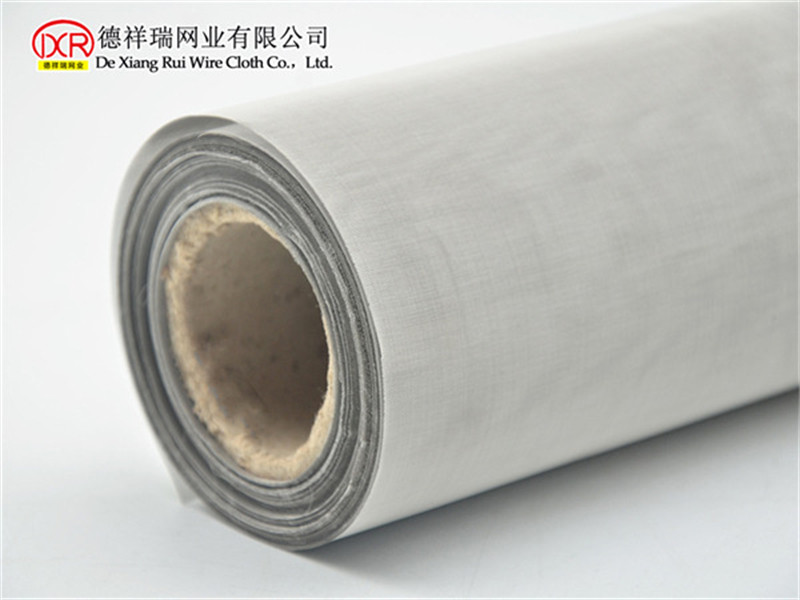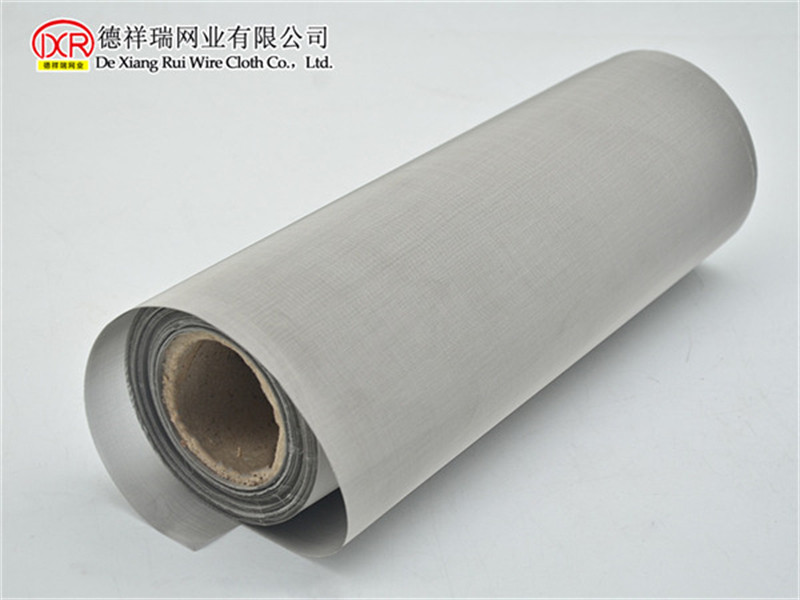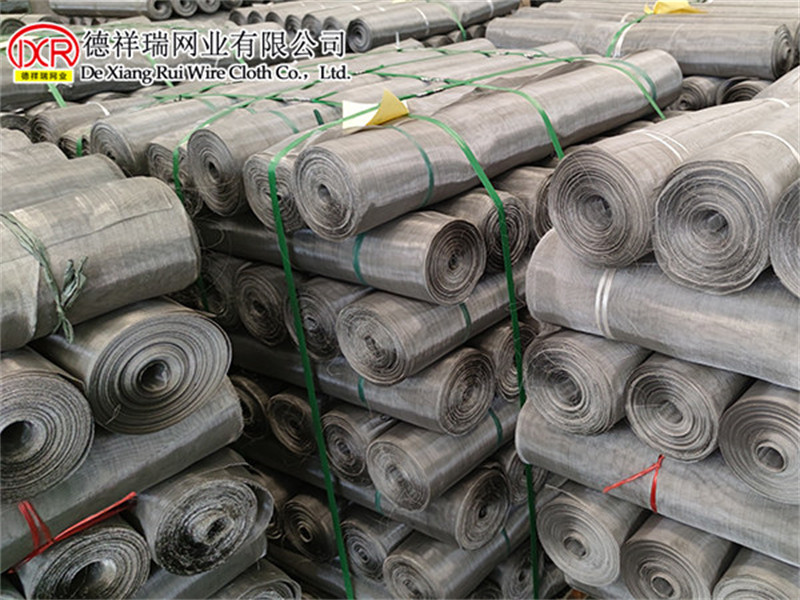Stainless steel wire mesh for battery powder screening
In battery powder screening, the selection and application of stainless steel wire mesh needs to be combined with material characteristics, specification parameters, weaving process and actual working conditions. The following is a specific analysis:
1. Material selection
304 stainless steel
Characteristics: Good corrosion resistance, suitable for general chemical environment, low cost.
Application scenario: Ordinary battery powder screening, preferred when there is no strong corrosive medium.
316 stainless steel
Characteristics: Adding molybdenum element, corrosion resistance is significantly improved, suitable for high humidity or chemical corrosive environment.
Application scenario: Coastal areas, strong acid and alkaline environment, or screening of positive electrode materials with high corrosion resistance requirements.
2. Specifications
Mesh number and aperture
200 mesh: aperture is about 0.075mm, suitable for preliminary screening to remove large particle impurities.
300 mesh: aperture is about 0.045mm, used to refine particle size and balance screening efficiency and accuracy.
400 mesh: The aperture is about 0.038mm, providing higher screening accuracy and meeting strict particle size requirements.
Wire diameter
The wire diameter affects the strength and aperture accuracy of the screen. Fine wire diameter (such as 0.038mm) can improve accuracy, but the wear resistance needs to be balanced; coarse wire diameter (such as 0.05mm) enhances strength, but may reduce the opening rate.
3. Weaving process
Plain weave
Structure: The warp and weft wires are interwoven vertically, the mesh is uniform, and the strength is high.
Application: Suitable for coarse screening or general precision requirements.
Twill weave
Structure: The warp and weft wires are interwoven obliquely, the porosity is higher, and the screening efficiency is improved.
Application: High-precision screening, such as positive electrode material production.
4. Key performance requirements
Corrosion resistance
During battery production, electrolytes and acid-base substances may be exposed, and the long-term stability of the screen must be ensured.
Strength and wear resistance
During the screening process, the screen is subjected to vibration and material impact, and the structure must be stable to extend the life.
Easy to clean
The surface is smooth and has no dead corners, which reduces powder residue and avoids cross contamination.
5. Application scenarios and optimization
Multi-stage screening system
Configuration: 200 mesh + 400 mesh combination, first coarse screening and then fine screening, to improve efficiency and accuracy.
Supporting equipment
Ultrasonic vibrating screen: high-frequency vibration reduces clogging, suitable for fine particle screening.
Vacuum feeding system: avoids dust flying and improves safety.
Maintenance management
Regular inspection: monitor wear and blockage, and replace or clean in time.
Cleaning and maintenance: use special cleaning agents to avoid residual corrosion.
Post time: May-22-2025







